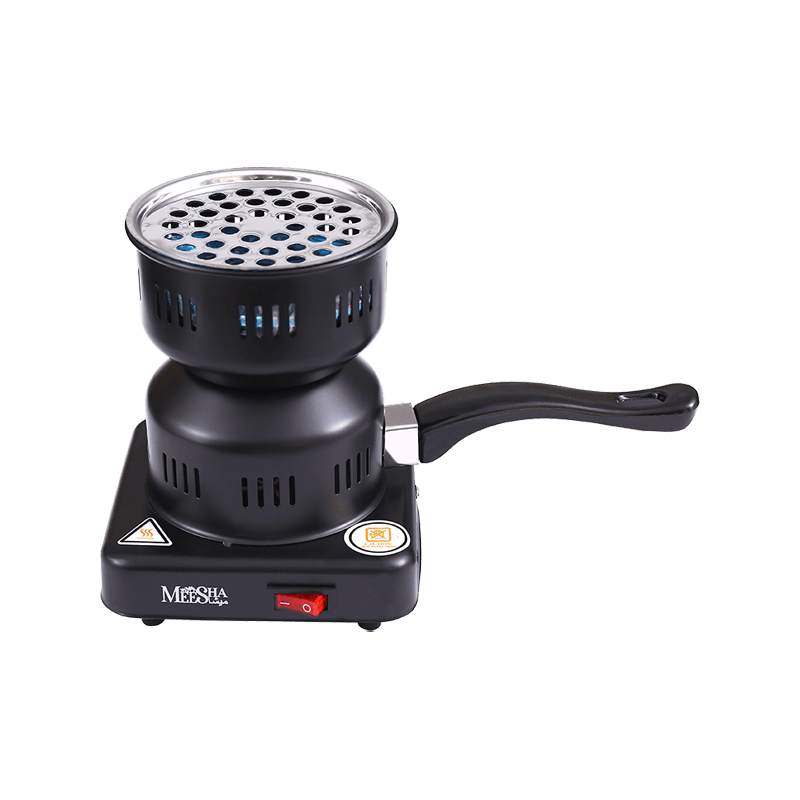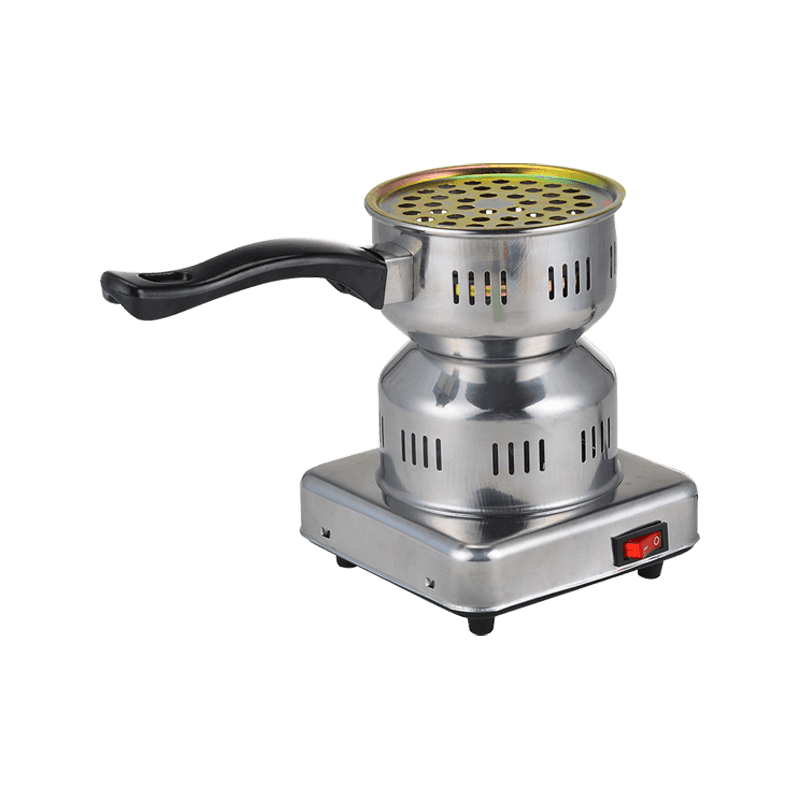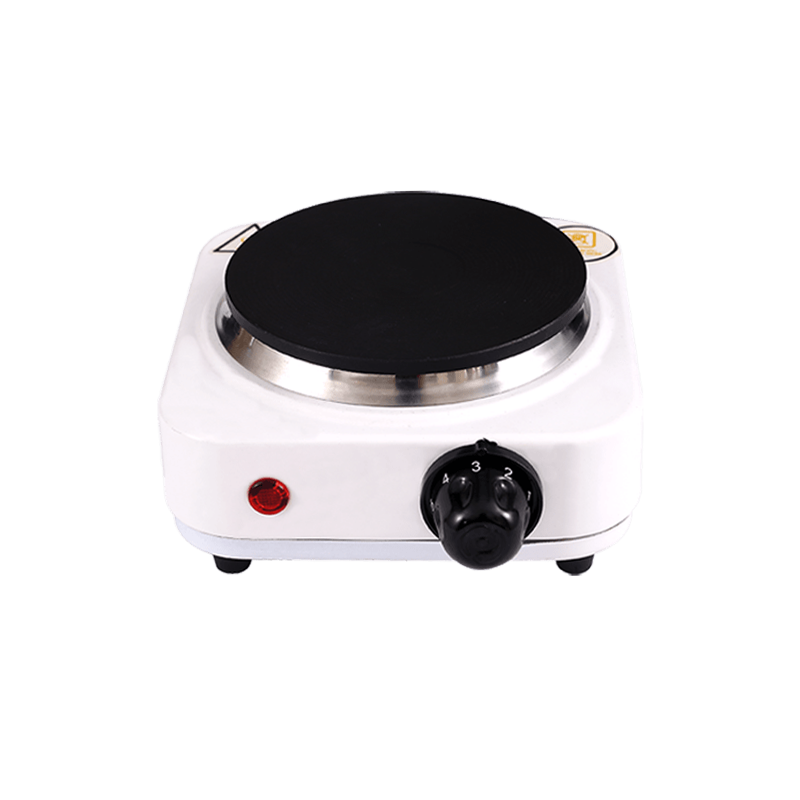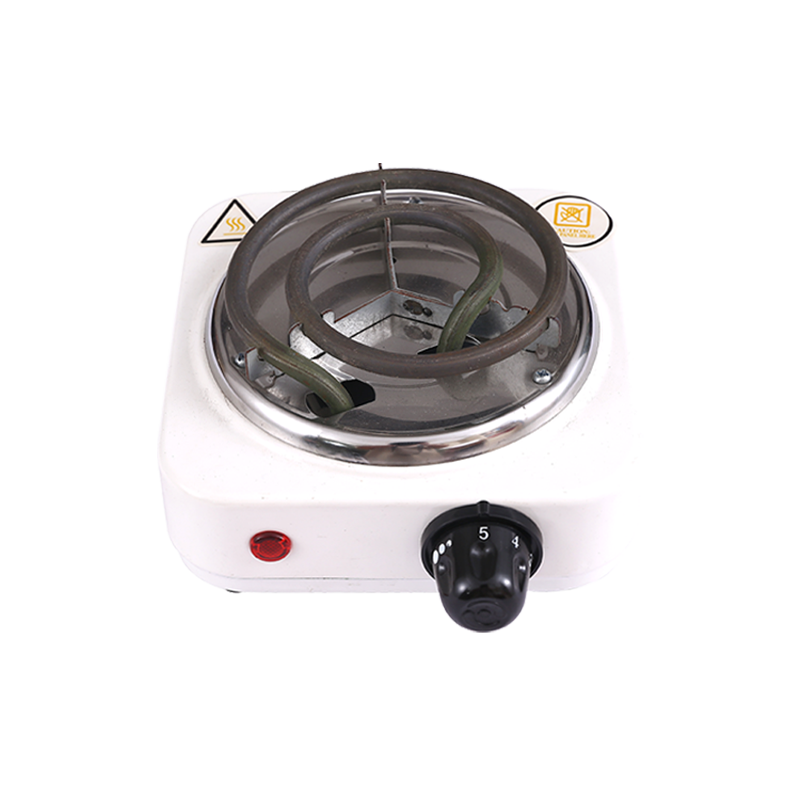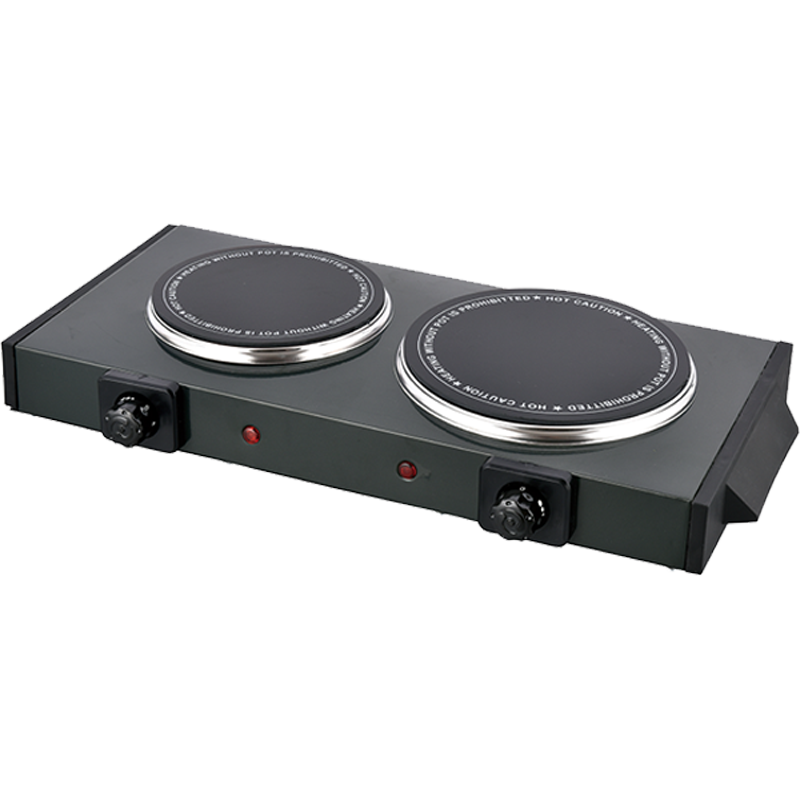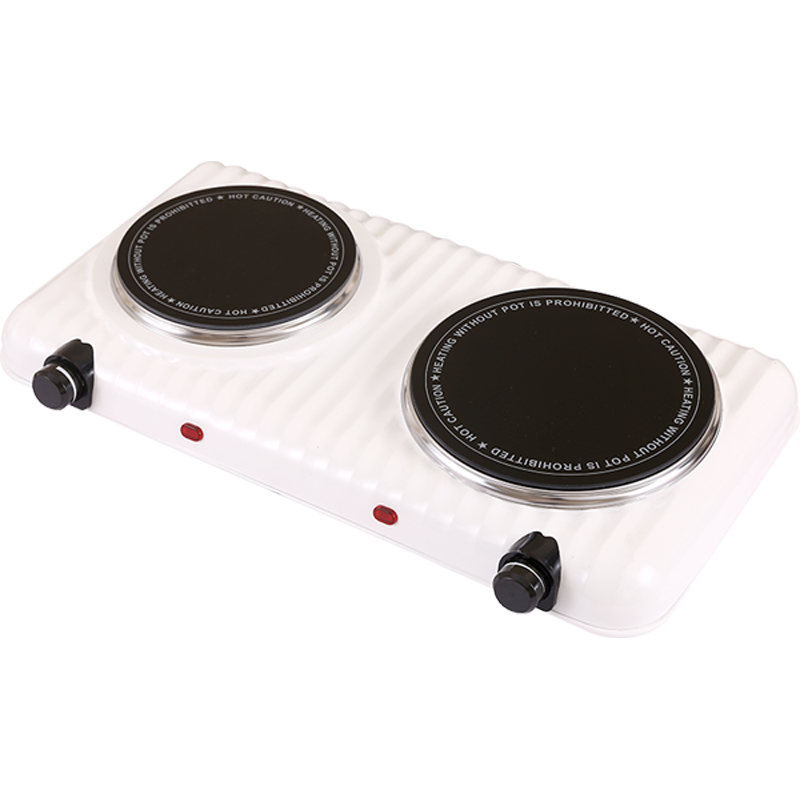+86-579-87253168
Understanding Electric and Induction Stoves: Features, Differences, Maintenance, and Best Practices
Cooking appliances play an essential role in modern kitchens. Selecting the right stove affects energy use, cooking efficiency, safety, and overall convenience. Among popular kitchen choices, electric stoves and induction stoves are widely used for their energy management, versatility, and ease of maintenance. This article provides a comprehensive overview, comparing stove types, exploring maintenance tips, and offering practical advice for both household and professional kitchens.
What is the Meaning of Electric Stove?
An electric stove is a kitchen appliance that generates heat using electrical energy, allowing food to be cooked through controlled temperatures. Unlike gas stoves that rely on combustion, electric stoves convert electricity into heat via resistance elements. This method provides even heating and can accommodate boiling, frying, simmering, and baking, depending on the stove design.
Modern electric stoves feature several innovations. Some models have coil elements, while others use ceramic or glass surfaces for a smoother appearance. Smooth-top designs simplify cleaning, while digital controls offer precise temperature adjustments. In commercial settings, electric stoves are often valued for their predictable heat output and safety features, reducing risks associated with open flames.
Electric stoves are versatile. They can handle a variety of cookware materials, including stainless steel, cast iron, and aluminum. Users appreciate the ability to maintain consistent cooking temperatures, which is essential for recipes that require steady heat. Additionally, electric stoves are compatible with multiple kitchen setups, from small apartments to professional culinary spaces.
How Electric Stoves Work
Electric stoves produce heat through resistance. When electricity flows through the heating element, it encounters resistance, causing the element to heat up. This heat is then transferred to cookware and food. Electric stoves can be equipped with different types of elements, such as:
-
Coil elements: Traditional and reliable, with visible coils that directly contact the cookware.
-
Ceramic glass elements: Smooth surfaces with radiant heating elements beneath for uniform heat distribution.
-
Induction-compatible zones: Electric stoves with induction-ready areas that allow magnetic cookware to heat efficiently.
This range of technology provides options for different users, balancing cost, durability, and convenience.
Which is Better, Electric or Induction Stove?
When choosing a kitchen appliance, it is common to compare electric stoves with induction stoves. Both use electricity, but they operate differently.
Induction stoves create heat using electromagnetic fields, directly heating compatible cookware. This approach results in fast temperature adjustments, precise control, and minimal heat loss. The surface itself remains relatively cool, reducing burn risks and making cleanup easier.
Electric stoves transfer heat indirectly via resistance elements. While slightly slower to respond, electric stoves are compatible with a wider range of pots and pans. They also offer a familiar cooking experience for individuals accustomed to traditional kitchens.
Key differences include:
| Feature | Electric Stove | Induction Stove |
|---|---|---|
| Heating Method | Resistance element | Electromagnetic induction |
| Cooking Speed | Moderate | Rapid |
| Energy Efficiency | Moderate | Higher, less heat loss |
| Safety | Moderate | Higher, surface stays cooler |
| Cookware Compatibility | Wide variety | Requires ferromagnetic materials |
| Cleaning | Moderate, may require scrubbing | Easier, smooth glass surface |
Both stove types offer benefits, and the decision depends on household needs, cookware, and cooking style.
Advantages of Electric Stoves
Electric stoves provide several benefits:
-
Versatility: Compatible with various cookware materials.
-
Consistent Heating: Ideal for recipes requiring stable temperatures.
-
Easy Integration: Suitable for most kitchen layouts.
-
Lower Noise Levels: Operate quietly compared to gas stoves.
-
Simpler Installation: Typically only requires an electrical outlet.
Additionally, smooth-top electric stoves are aesthetically appealing and blend well with modern kitchen designs.
Advantages of Induction Stoves
Induction stoves offer a different set of benefits:
-
Fast Heating: Cook food quickly with minimal energy waste.
-
Precise Temperature Control: Adjust heat instantly for delicate recipes.
-
Enhanced Safety: The cooktop remains cooler, reducing burn risks.
-
Energy Efficiency: Less heat is lost to the surroundings.
-
Easy Cleaning: Smooth surfaces prevent spills from burning onto the stove.
Induction stoves are suitable for households prioritizing speed, safety, and energy conservation.
Tips for Maintaining Your Electric and Induction Stove
Proper maintenance ensures consistent performance and extends appliance lifespan. Recommended practices include:
Daily Cleaning
Wipe surfaces after each use to remove spills, grease, and residue. Use non-abrasive cloths for smooth-top or induction stoves. For coil elements, ensure they are completely cooled before cleaning, and periodically remove drip pans for thorough washing.
Inspecting Components
Check cords, plugs, and heating surfaces for wear or damage. Ensure ventilation areas are clear to maintain airflow. For induction stoves, inspect glass surfaces for cracks, chips, or scratches.
Cookware Considerations
Electric stoves accommodate most pots and pans, but flat-bottomed cookware ensures uniform heating. Induction stoves require ferromagnetic materials, as unsuitable cookware can reduce efficiency and cause error messages.
Avoid Overheating
Monitor temperatures during cooking. Avoid leaving burners active without cookware to prevent unnecessary wear. Induction units should not operate without compatible pots in place.
Professional Checkups
Scheduling periodic inspections identifies hidden electrical or mechanical issues. This is especially important for induction stoves, which contain complex electronic components.
Proper Handling and Storage
Keep appliances clean and dry when not in use. Avoid placing heavy objects on smooth-top surfaces, as this may cause cracks. Portable electric stoves should be handled carefully during transport.
Common Misconceptions
-
Induction stoves are difficult to use: Modern models include intuitive controls similar to electric stoves.
-
Electric stoves are inefficient: While slightly slower, they are reliable and compatible with diverse cookware.
-
Maintenance is complicated: Regular cleaning and inspection are straightforward and prevent major issues.
Understanding these points helps users make informed decisions and maintain stoves effectively.
Choosing between electric and induction stoves depends on personal preferences, kitchen setup, cookware availability, and cooking habits. Electric stoves provide versatility, consistent heating, and ease of use, while induction stoves offer rapid heating, safety, and energy efficiency.
Proper maintenance, including cleaning, component checks, and careful handling, ensures long-term performance. By understanding features, differences, and best practices, users can enjoy reliable, safe, and efficient cooking appliances in any kitchen environment.




 عربى
عربى